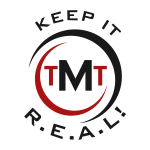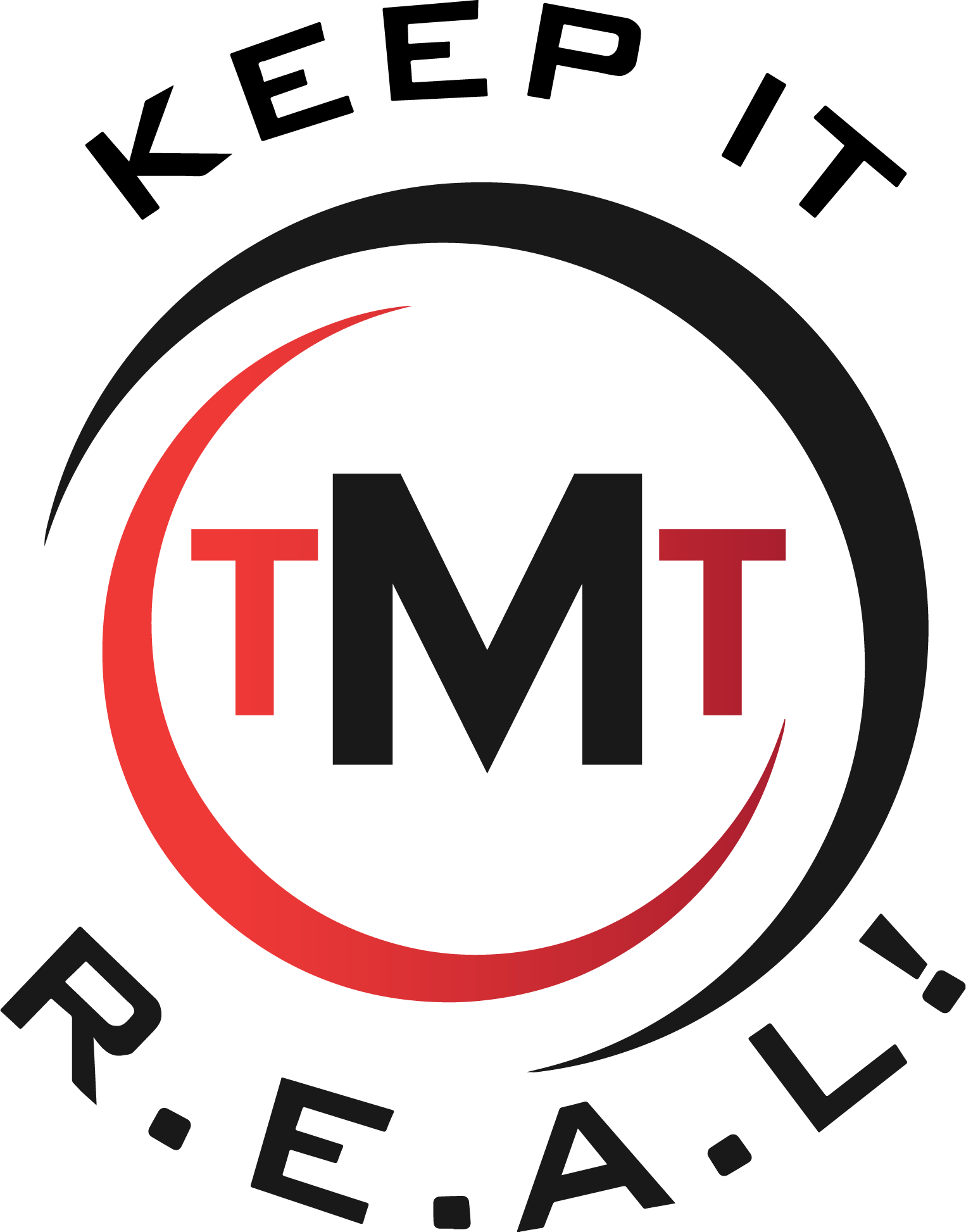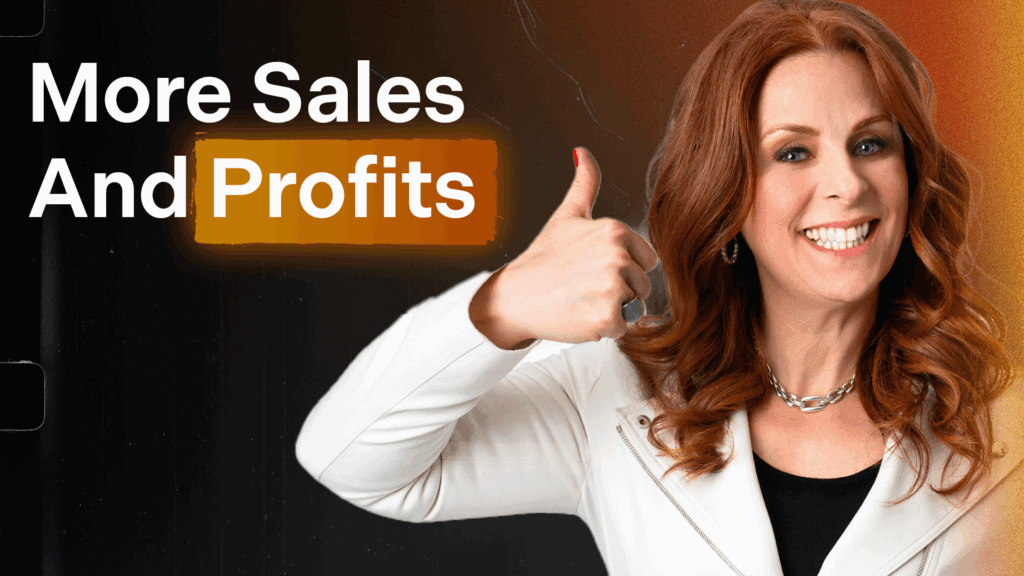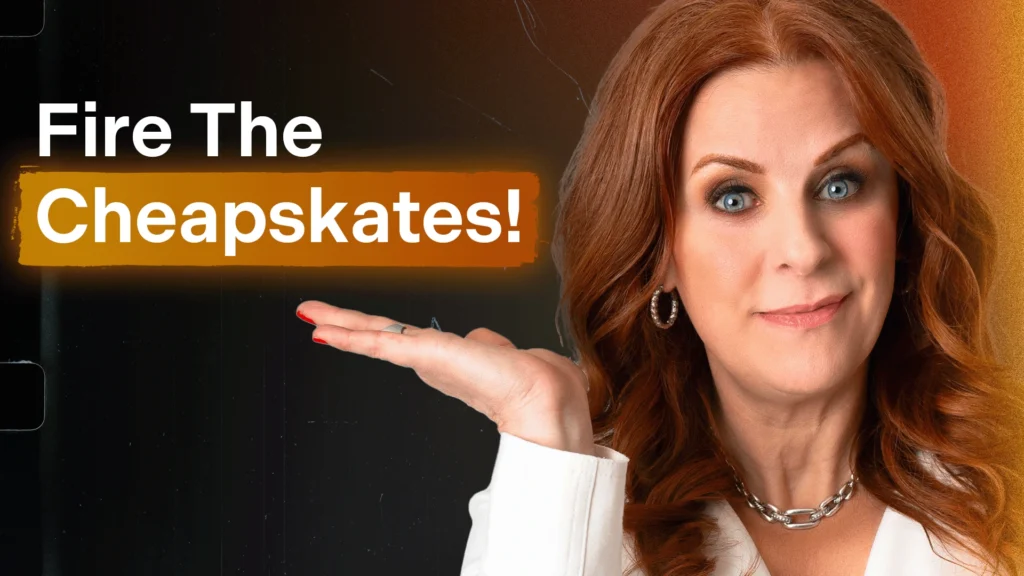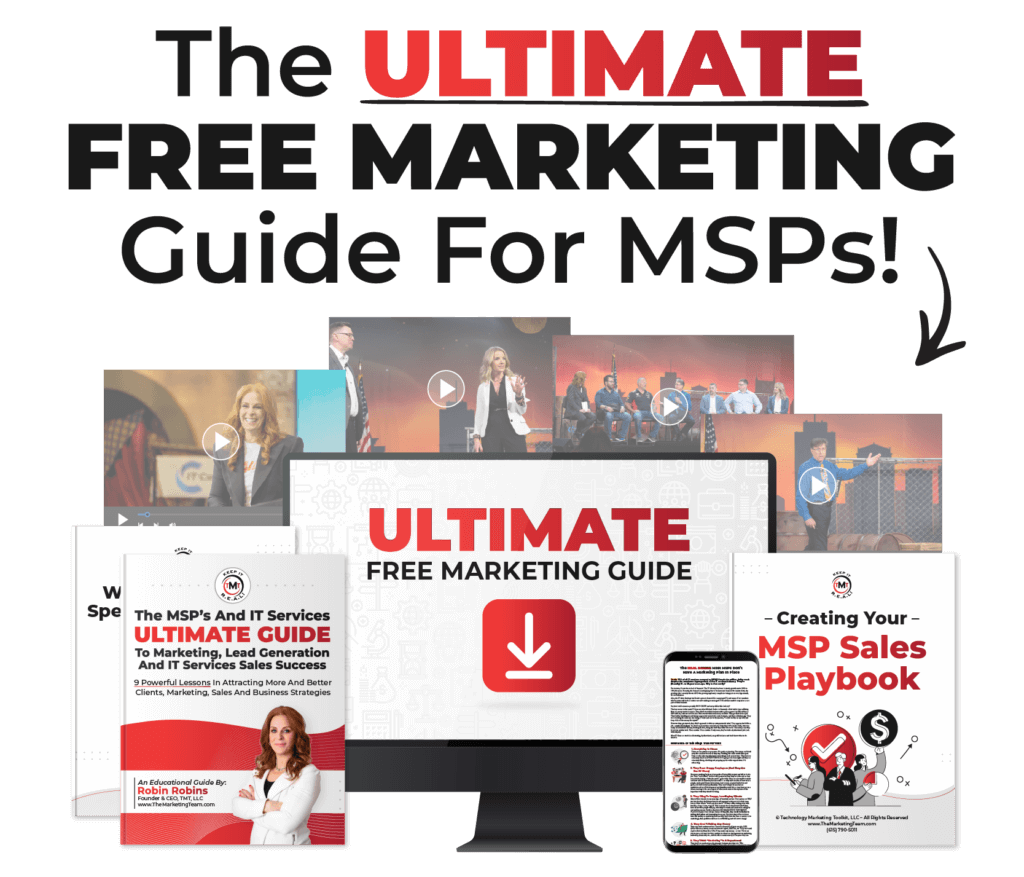
In a recent conversation I was having with Verne Harnish, author of the Rockefeller Habits, he mentioned the #1 KPI to watch for growth in a company was “lead generation.” In another interview I did with Paul Chishom, the CEO of mindSHIFT, he also referenced “sales pipeline management” as the #1 reason for taking mindSHIFT from $5 million to $120 million in sales. Not leadership, not hiring the right people, not customer service, not getting every technical doohickey connected and talking to every other technical doohickey in the backend operations. SALES PIPELINE. Are all those other things important? Absolutely. But when it comes to growth, you can’t move the needle (get more customers) if you’re not putting enough raw material into the funnel.
Since we’re theming this “back to school,” I thought I would cover a few lead generation basics you need to know. And to illustrate my points, I thought I would provide you one of the best examples of lead generation I’ve seen in my life developed by Fisher Investments, a highly successful financial services firm catering to high net worth individuals.
1. Headline
The headline is one of the single most important elements to any campaign. In e-mail, it’s the subject line. On a telemarketing call, it’s the first opening sentence or two. At a tradeshow, it’s the banner above your booth. A good headline should telegraph a big promise, contain news or contain an element of curiosity (“is your computer support guy treating you like a bad date?”). As depicted on the illustration, “Free” is still one of the most powerful words in marketing copy and headlines.
2. Flagging Your Prospect
Every lead generation campaign should flag WHO your services are geared towards. If you target home users, state that. If your niche is government, attorneys or medical, make sure that is clear in the marketing message as soon as possible so the reader of your ad (be it online, offline or in any format) instantly has the “it’s for me” reaction. In the example, you’ll notice it’s worked into the headline. Not only does this make your marketing magnetic to the people you want to attract, but it also repels those you might not otherwise want. In the Fisher Investments example, they note “High Net Worth Individuals,” which is and continues to be their target audience.
3. The Offer
When you peel it down to the most basic core, marketing is simply making the right offer to the right people (list) at the right time. In this case, the free “stock market outlook” is a non-threatening offer with a high perceived value that was ALSO very timely (this particular ad appeared in an in-flight magazine in December of 2003). You should note that they’ve included a picture of the report, which is a proven way to bump response to any lead generation campaign, online or offline. They’ve also “sold” the free report using “teaser” copy in the bullets. (They’re called “teasers” because they arouse your curiosity regarding a point or topic that you’ll want more information on.) A big mistake I see many newbies making is NOT working hard to sell the free offer. Often I’ll see newbie Members posting a “Free Network Audit” on their web site with a form slapped below it. These are the same people who call in whining that my marketing “doesn’t work.” Don’t make this slang for the message or communication. It’s the mistake—you need to SELL the free offer as though it costs money or you won’t get a good response.
4. The Copy
As you can see, the copy (or the message) of this ad is extremely well-written. Another reason MOST marketing fails to deliver tangible results is because the copy fails to grab and keep the prospect’s attention. “Copy” is simple marketing slang for the message or communication. It’s the words you say on a telemarketing call, the headline and message on your web site, business card, etc. Writing interesting, influential copy is a skill that is not easily obtained; it requires years of practice and study that most people simply will not invest in. For me, my ability to write influential copy is the single most valuable skill I’ve ever mastered. It’s enabled me to dominate an industry and build an insanely profitable business, get and keep clients easily and secure extraordinary advantages over competitors. It’s also made me an exceptional entrepreneur because, at the heart of it, “copy” is mastering the skill of communication and understanding other people (clients, employees). You cannot influence someone until you truly understand them: their desires, fears, frustrations, problems, etc. This allows you to be far more strategic in building your services, products, brand and internal team. I don’t have the space to outline everything you need to know about writing copy but a good place to start is in the marketing research recommended in both the Toolkit and Managed Services Blueprint. Researching your market is the single most important starting point to writing powerful, influential copy. Start there.
5. Personal Connection
Fisher Investments is a multi-million dollar operation, yet they use Ken Fisher, the CEO, in the majority of their ads and communications. I often need to fight my clients over this point; they believe that using their picture in their advertising and on their web site will cause clients to think they’re a small operation or will set clients’ expectations that they will be the ones doing the technical work. Not true. People want to do business with PEOPLE. This is something Ken Fisher has over all the other nameless, faceless financial firms. Their marketing implies “big company,” which is the opposite of personalized service. Money is a very personal thing and people want to know who they will be taking advice from.
6. Multiple Ways To Respond And Clear Instructions On HOW To Respond
There are three ways a prospect can request this information: online, by phone and, yes, even old fashioned snail mail with a response form they have to cut out of the magazine and mail. Many people foolishly provide only one way to respond, and usually that will be via some online mechanism. Big mistake. Affluent clients tend to be older—and that goes for YOUR clients as well who have been in business for a while. Many of those folks don’t like using their smartphone to capture a QR code; if you only provided a way for people to respond online using the latest technological gadgetry, you’ll miss out on a BIG segment of the market that has money to spend.

